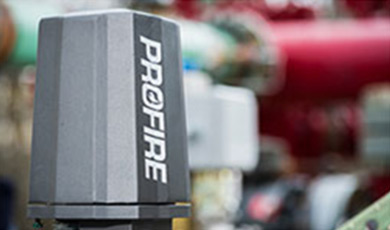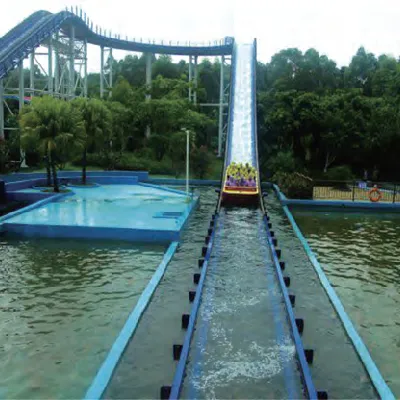- Albanian
- Arabic
- Belarusian
- Bengali
- Czech
- English
- French
- German
- Hebrew
- Hungarian
- Indonesian
- irish
- Italian
- Japanese
- kazakh
- Persian
- Russian
- Thai
- Uzbek
- Vietnamese
Jan . 10, 2025 09:13
Back to list
66M Truss Ferris Wheel (4-passenger cabin)
Understanding the financial commitments associated with a ferris wheel can be an intricate endeavor, especially for businesses venturing into the amusement park and entertainment sectors. Ferris wheels, being iconic and towering attractions, pose a unique blend of challenges and opportunities in terms of cost management. Here, we delve into a comprehensive analysis of the costs involved, ensuring that potential investors or park managers can approach their decisions with both confidence and acumen.
The choice of supplier significantly affects cost magnitude and financial reliability. Reputable manufacturers with extensive portfolios and a track record of successful installations are preferable despite possibly higher prices. These established entities offer not only durable craftsmanship but often provide value-added services such as comprehensive maintenance packages, which ultimately represent a prudent long-term investment. Moreover, the total cost of ownership continues beyond mere installation. Regular maintenance is pivotal for safety and an uninterrupted customer experience. As such, prospective operators must budget for ongoing operational costs, including staffing, routine inspections, and part replacements. An insightful approach involves integrating digital monitoring technologies, which can predict maintenance needs, thus optimizing efficiency and reducing downtime. Funding these substantial projects may require varied financial strategies. Traditional bank loans, partnerships, or public-private financing models are common routes, each with distinct implications on the project's financial health. Strategic financial planning, perhaps facilitated by financial advisors with expertise in high-capital endeavors, can assure a sustainable fiscal trajectory. As ferris wheels symbolize wonder and innovation, they concurrently present a complex financial undertaking. By embracing a methodical, well-informed approach, businesses can ensure these majestic structures are not just cost-effective, but profitable and enduring icons that captivate and entertain for generations.


The choice of supplier significantly affects cost magnitude and financial reliability. Reputable manufacturers with extensive portfolios and a track record of successful installations are preferable despite possibly higher prices. These established entities offer not only durable craftsmanship but often provide value-added services such as comprehensive maintenance packages, which ultimately represent a prudent long-term investment. Moreover, the total cost of ownership continues beyond mere installation. Regular maintenance is pivotal for safety and an uninterrupted customer experience. As such, prospective operators must budget for ongoing operational costs, including staffing, routine inspections, and part replacements. An insightful approach involves integrating digital monitoring technologies, which can predict maintenance needs, thus optimizing efficiency and reducing downtime. Funding these substantial projects may require varied financial strategies. Traditional bank loans, partnerships, or public-private financing models are common routes, each with distinct implications on the project's financial health. Strategic financial planning, perhaps facilitated by financial advisors with expertise in high-capital endeavors, can assure a sustainable fiscal trajectory. As ferris wheels symbolize wonder and innovation, they concurrently present a complex financial undertaking. By embracing a methodical, well-informed approach, businesses can ensure these majestic structures are not just cost-effective, but profitable and enduring icons that captivate and entertain for generations.
Next:
Latest news
-
Flume Ride-Hebei Zhipao Amusement Equipment Manufacturing Co., Ltd.|Thrilling Water Attraction&Customizable DesignJul.30,2025
-
Flume Ride - Hebei Zhipao Amusement Equipment | Water Coaster, Thrilling DescentJul.30,2025
-
Flume Ride - Hebei Zhipao | Thrilling Water AttractionJul.30,2025
-
Flume Ride: Thrilling Water Attraction by Hebei Zhipao|Log Flume Manufacturers&Flume Ride DesignJul.30,2025
-
Flume Ride-Hebei Zhipao Amusement Equipment Manufacturing Co., Ltd.|Thrilling Water Coaster, Safe DesignJul.30,2025
-
Flume Ride-Hebei Zhipao Amusement Equipment Manufacturing Co., Ltd.|Thrilling Water Attraction, Safe DesignJul.30,2025
